It’s hot out there, you guys. It’s so hot! I really needed to make an outfit that felt summery and breezy to counteract the oppressive weather. If you follow me on Instagram, you may have seen this adorable card-suit obi that followed me home from California. It seemed like a good place to start. Even before I’d brought it home, I was thinking it would work well with this hydrangea hitoe komon I’ve had for years that never gets enough love. It’s way too tiny for me to ever wear, and I admittedly only bought it because it was bundled with an obi I wanted, but the light colour palette and seasonality of motif fit perfectly with the breezy summer concept I was aiming for.
This adorable shell haneri from Kansai_Gal seemed like the ideal finishing touch for the outfit. Rather than default to my usual standbys for a hanhaba obi (chocho musubi or karuta musubi) I thought I might try to be inspired by Choko and her amazing ability to improvise soft and relaxed-looking obi musubi that would also fit with the airy and relaxed style I was aiming for. I would like to think I’ve succeeded.
A few of us here in Montreal are having a kimono meet-up this coming weekend and I do wish there was some way I could get this kimono to fit me, but even if I were to lose a huge amount of weight it would still be too narrow across the back and too short, sadly. It would look so cute with pink lace tabi and my card-suit geta, but that’s a coordination for another person on another day. I will likely end up wearing my bunny komon and teal hakama, and you can be sure I will take tons of photos so check back early next week for that.
Items used in this coordination
- Hitoe with Hydrangea
- Pastel Cards/Blue Geometric
- Seashells

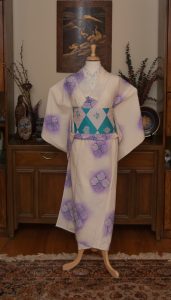
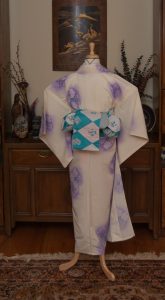
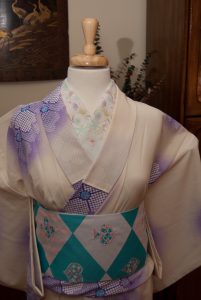
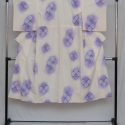
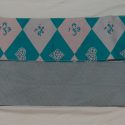
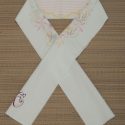
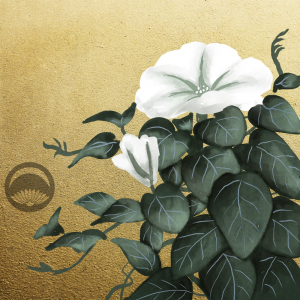

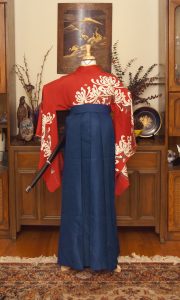
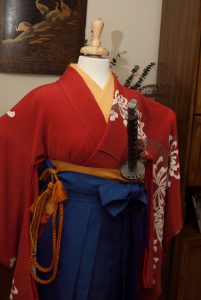
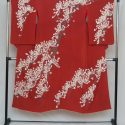
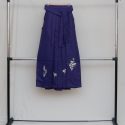
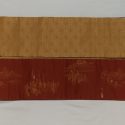
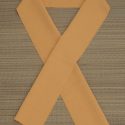

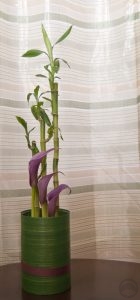
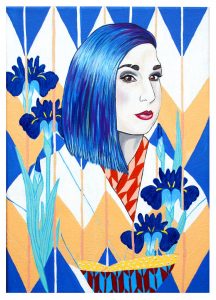











 Bebe Taian
Bebe Taian CHOKO Blog
CHOKO Blog Gion Kobu
Gion Kobu